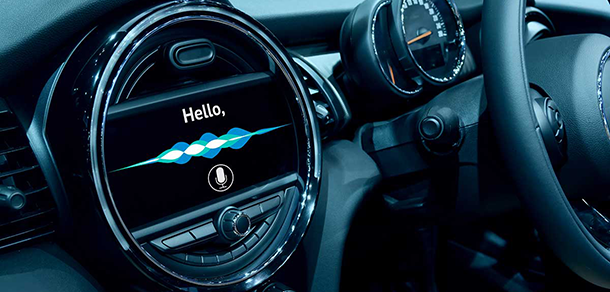Biometrics and digital ID for automobiles driving exciting new opportunities
23 March, 2018
category: Biometrics, Corporate, Digital ID, Transit
Secure authentication, biometrics and digital ID for automobiles are proving to be a natural fit for an industry always seeking the next advancement. Fingerprints, facial recognition and other forms of biometric security are gaining ground in the automotive industry, a world that traditionally seemed outside the scope of identification technology.
An in-vehicle camera system that monitors such factors as the driver’s head pose and rate of eye blinks to determine that driver’s physical state.
In recent months, for instance, Germany-based FZI Research Center for Information Technology showed an in-vehicle camera system that monitors such factors as the driver’s head pose and rate of eye blinks to determine his or her physical state. That could lead to warnings when the biometric software concludes the driver might be too tired, or sick, to drive. The system relies on off-the-self cameras and does not require any sensors to be attached to the driver, nor any special lighting, according to FZI officials.
That’s not all.
Major automotive firms Chrysler and Jaguar Land Rover want to employ facial recognition to enhance the driving experience. In Chrysler’s case, for instance, a camera mounted behind the steering wheel would scan the driver’s face to confirm his or her identity. The vehicle, working off a stored driver profile, then could adjust the seat position and music station, bring up a daily lists of tasks and perform other functions tailored to that specific driver. The technology would not only make driving more personal, but allow a vehicle to “recognize” different drivers who might share a single vehicle—not only members of a household, perhaps, but friends or acquaintances who share use of that car or truck, a growing trend among younger consumers.
Digital ID for automobiles promises to play an important role
In the automotive world, much of what is envisioned for biometrics centers around digital ID and authentication. Ford, for example, about three years ago won a patent for a “keyless biometric system” that could use fingerprints, retinal scans or voice recognition to allow entry into vehicles and enable ignitions to start. According to the patent, the system relies on connecting the driver’s smartphone to the vehicle’s controller via Bluetooth or WiFi.
Don’t expect Ford and its competitors to stop with simply starting the car—especially as vehicles become increasingly semi-autonomous in these last years before the expected first wave of self-driving cars. Ford has floated an idea to use biometric sensors to turn vehicles into what amounts to a moving medical monitoring pod. Much like the idea from Germany’s FZI, the idea is to reduced traffic injuries and fatalities by detecting a motorist too exhausted to drive, or who might have other immediate health problems that could lead to an accident. The car then would respond by signaling a warning or slowing or stopping.
Biometrics will always retain its key role in digital ID and secure authentication, but even this brief look outside the box shows how far biometrics can go. It seems clear that digital ID for automobiles promises to be an important part of the industry’s future.



